Taking these photographs was back-breaking work in a literal sense. I ended up hurting my back after sitting in one position for two hours and had to be confined to bed for 3 days before I could even look at the output and start editing. However, some of the photographs came so well that we will go there again, given time and weather permits. If you are into Bird Watching/ Bird Photography and live in Pune, you must visit this place located just one hour from the heart of the city.
Sinhagad Valley
As its name suggests, the Sinhagad Valley is located at the base of the Sinhagad Fort and can be reached via the Sinhagad Road and Nanded City. There are paid parking spots available nearby and one can just park their vehicles there, do a small 10 minutes hike and reach the spot.
The bird-watching area is not very large, it is the dried bed of a mountain stream and is about 200 mt x 200 mt in dimension. One needs to reach early, by 6 AM, to get the best spot. As it may be dark when you reach, try to have a torch with you. There are no stalls etc at the spot so you should carry your snacks, water etc. Please do not feed the birds and do not litter.
Flora and Fauna Of Sinhagad Valley
As much as 249 species of birds have been reported to be seen in this small area. These include various types of Eagles, Kites, Owls, Kingfisher, Fly Catchers, Bulbuls, Babblers, Barbets, Parakeets, Shrikes, Drongos and Sunbirds. Some varieties of Butterflies, Dragonflies and smaller insects are also found in the area. There are some trails going into the paddy fields and surrounding areas where you can see more birds. The area keeps reverberating with bird calls and all you need to do is keep exploring as unobtrusively as possible.
Apparel and Gear
It is better to have clothes with subtle colours, camoflauge preferred, a hat, a light jacket and comfortable hiking shoes. Even if you are not into photography, you may want to carry a binocular. For bird photography, a good telephoto lens, and a tripod will come very handy.
I used the following photography gear for this trip:
- Camera Body – Nikon D850
- Lens – Sigma 150-600 mm with hood
- Benro T15 tripod
My Companions
I went on this trip with two office colleagues of mine – Sunil and Vinod. Sunil is a very good wildlife photographer in making and has a particular interest in Bird photography. You can see his interesting portfolio on Instagram.
The Birds I Could Capture In Lens
Grey Wagtail
A member of the Wagtail family, the Grey Wagtail is different from its Yellow cousin in the extent of Yellow colouring of its underside. It prefers living near running water and walks with a constant wagging of its tail. It flies low and has a shrill call.
Indian Paradise Flycatcher
Indian Paradise Flycatchers feed on insects and which they capture in the air flying under the canopies of trees. The Males (below) are Polymorphic, with a glossy black head and body that varies from Rufus to pure white. They have long elongated tails. The female of the species (left) is Rufus and have a shorter tail. These birds are monogamous and nest together.
Red Breasted Fly Catcher
The Red Breasted Fly Catcher is a cute little perching bird found in Europe and Asia. It loves feeding on caterpillars but will also take berries if the need comes. These mostly silent birds have a chirpy call usually heard in the mating season.
Spot Breasted Fantail
The Spot Breasted Fantail is another variety of Flycatcher. It has a white throat, white belly and a spotted breast and a narrow tip to all tail feathers except the one in the centre. The tail rises up like a Japanese fan, thus giving the bird its name. It loves to fan its tail as it moves on the ground in the search of insects.
Oriental Magpie Robin
The Oriental Magpie Robin is a small perching bird belonging to the Old World Flycatcher family. It is distinctly black and white, with a glossy black head and breast and a long tail that cocks upwards when it walks. This bird is famous for its melodious call and happens to be the national bird of Bangladesh!
Asian Brown Flycatcher
The Asian Brown Flycatcher is a small perching bird that breeds in Japan, Siberia and parts of Himalaya, and migrates to the warmer parts of India and Sri Lanka in winters. It is found in open woodlands and nests inside holes in trees. The males of the specie can be quite melodious.
Coppersmith Barbet
The Coppersmith Barbet is a colourful bird, with crimson forehead and throat, green body and greyish-white belly. It is resident to the Indian Subcontinent and derives its name from the metronomic call it makes that sounds like a coppersmith striking a hammer on metal.
Common Wood Shrike
Famous for its shriek- like call, the Shrike is called the ‘butcher bird’ for its feeding habits. It is a bird of prey and has been known to kill lizards and rodents by impaling them over thorns or spikes on barbed wire fences. They are territorial and defend their territory from other pairs zealously.
Spotted Dove
The Spotted Dove is a small, long-tailed pigeon resident to the Indian Subcontinent. They move around in pairs or small groups and forage around the ground for seeds, grains, fruits and occasionally insects. A feral population of these birds is found across India.
Green Bee Eater
The Little Green Bee Eater is found from Sub-Saharan Africa to South East Asia, including the woodlands of the Indian Subcontinent. They are mainly insect eaters and are particularly fond of bees, wasps and ants, aided by their long and sharp beaks.
Red Vented Bulbul
Bulbuls are medium-sized perching birds, famous for their melodious call, and are common across many parts of India. Outside India, they are well distributed from Africa to Japan. They are generally monogamous and seem to love fruits and berries.
Indian White Eye
The Indian White Eye is so tiny that I had to massively crop even after taking the photograph at 600mm. These birds can be identified by a distinct white ring around their eyes. They forage on nectar and small insects and can be found around flowering trees.
White-Throated Kingfisher
The last one in the list, we saw the White-throated Kingfisher as we were approaching the car parking. Sitting high on the branch of a tree, this kingfisher seems to prefer woods over ponds. Their food preferences are very liberal and are known to eat anything moving or swimming that fits their large beaks.

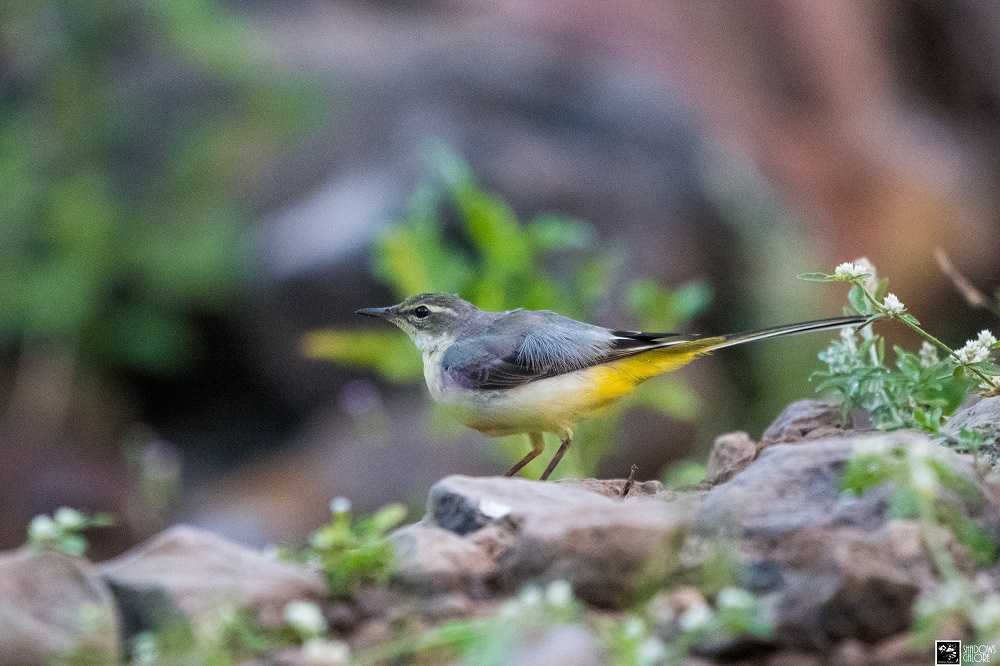
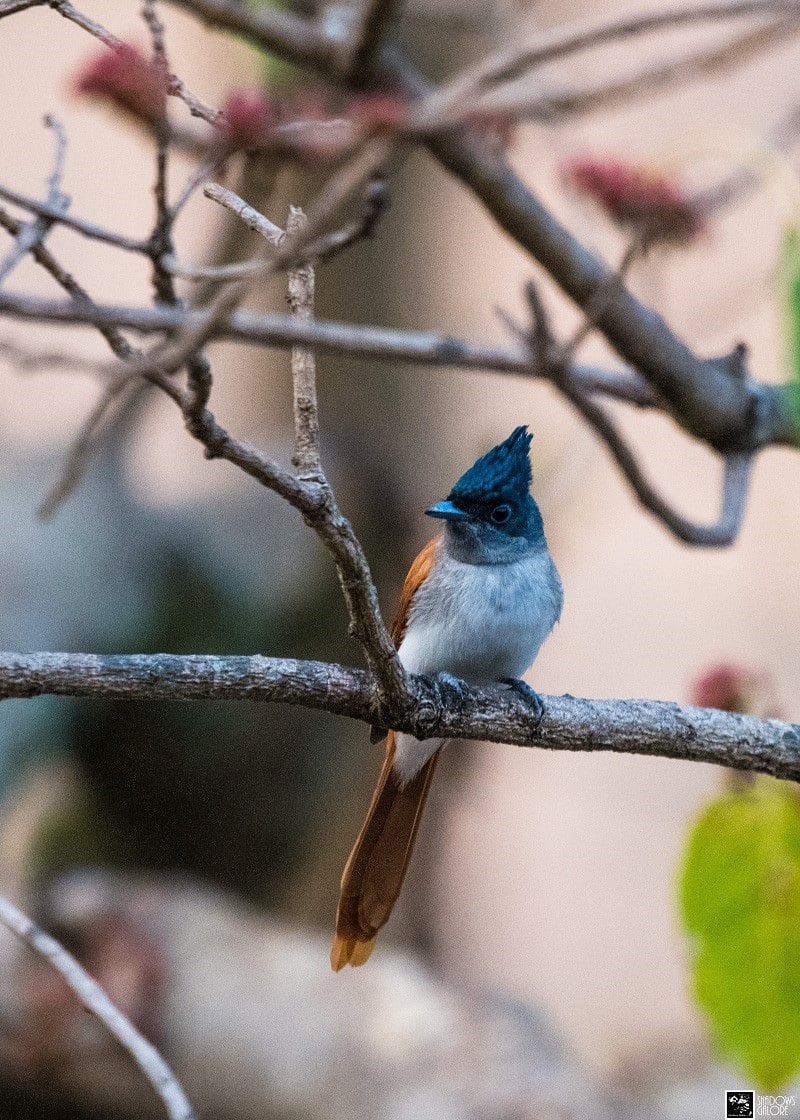
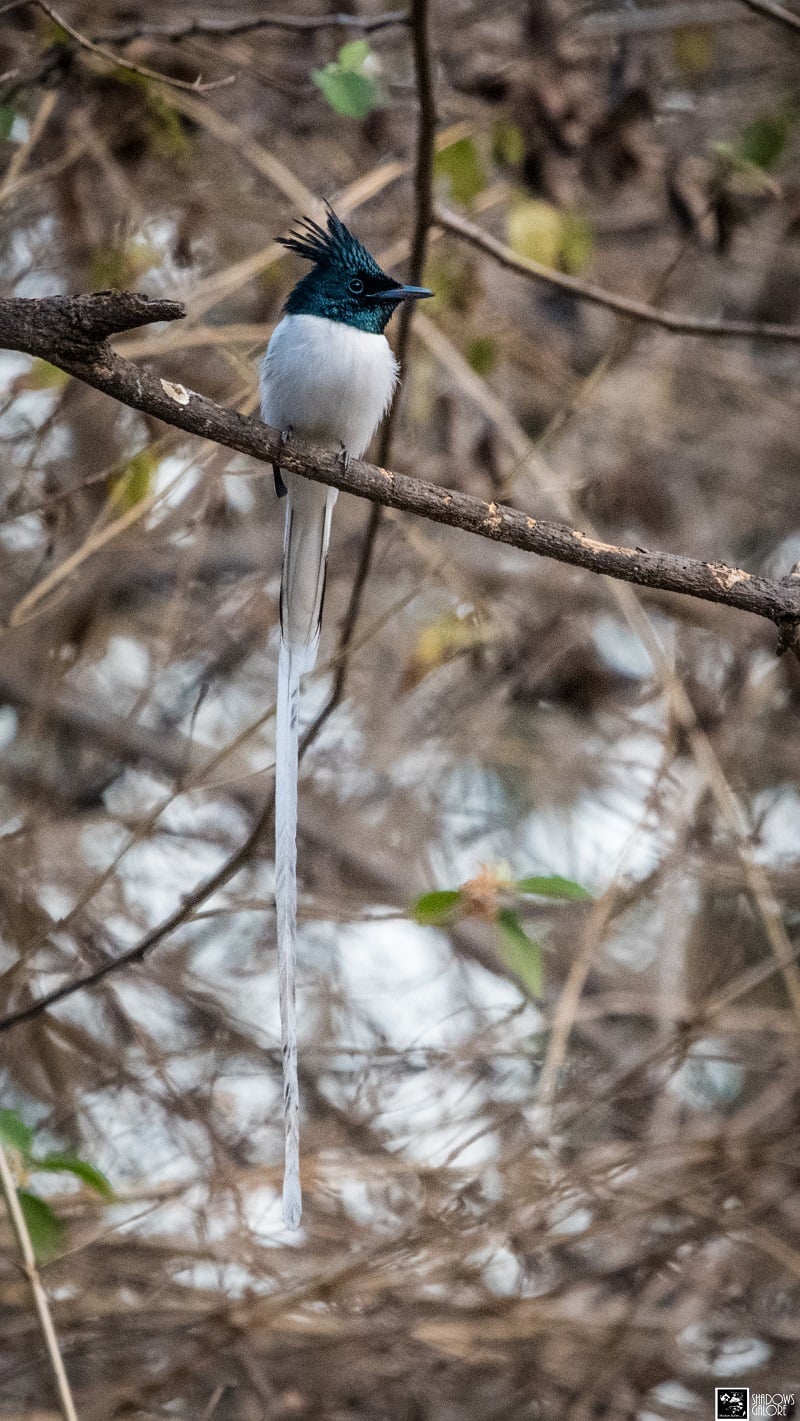
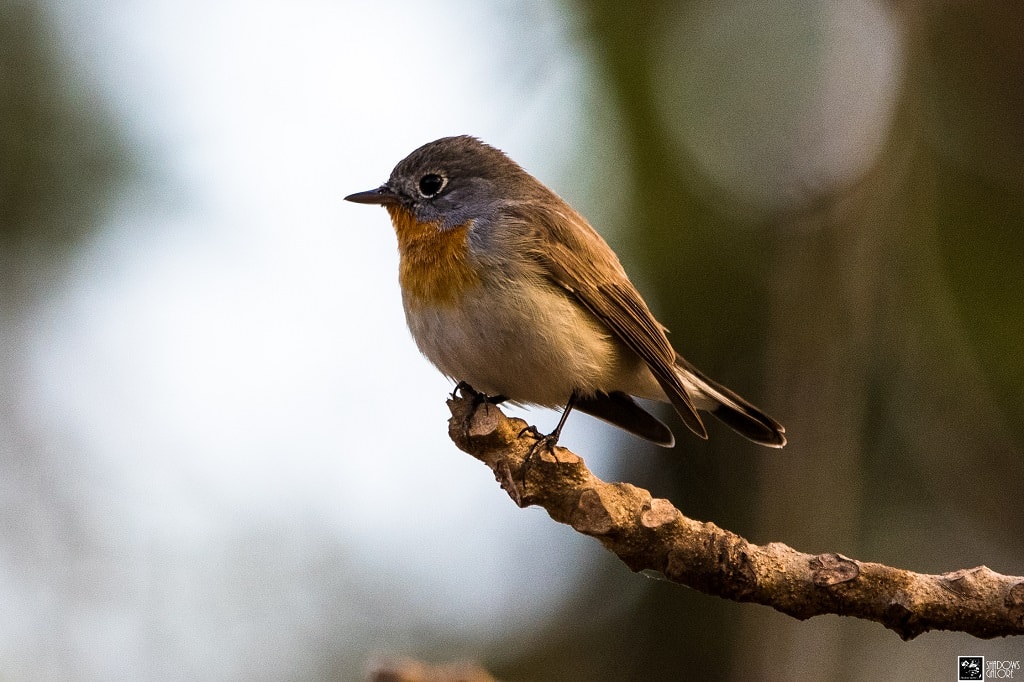
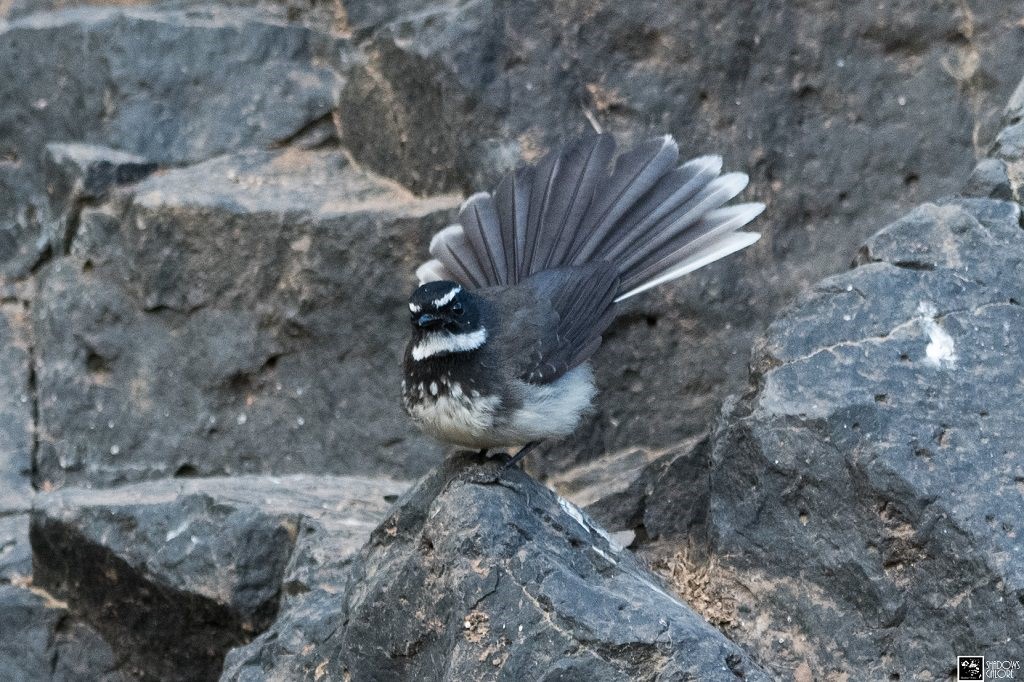
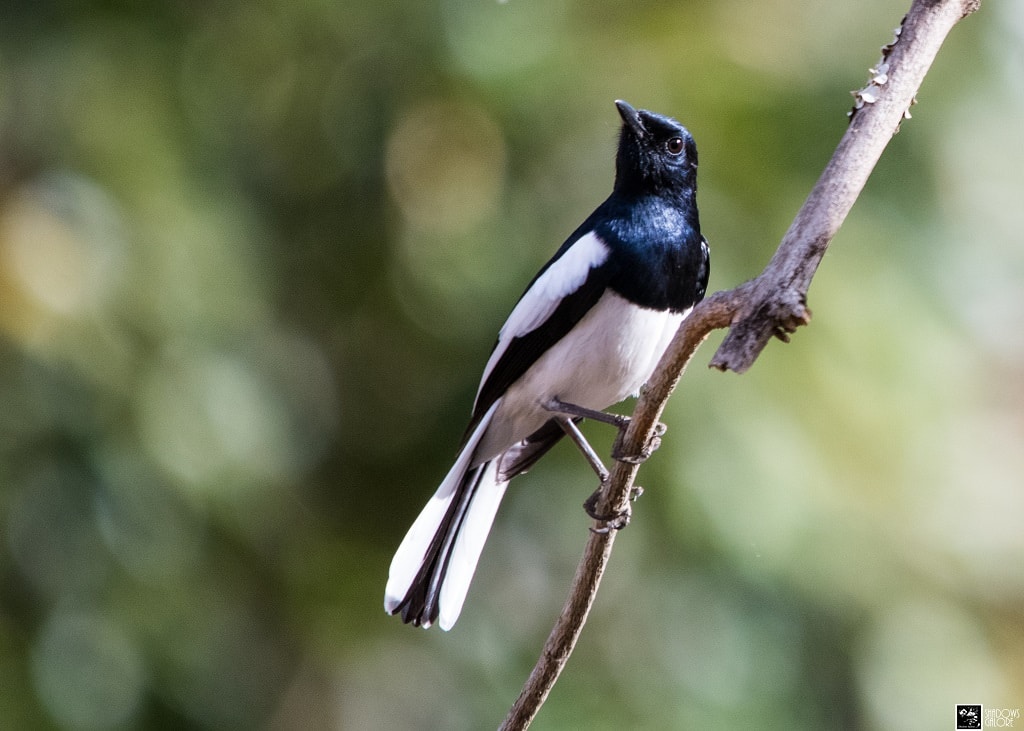
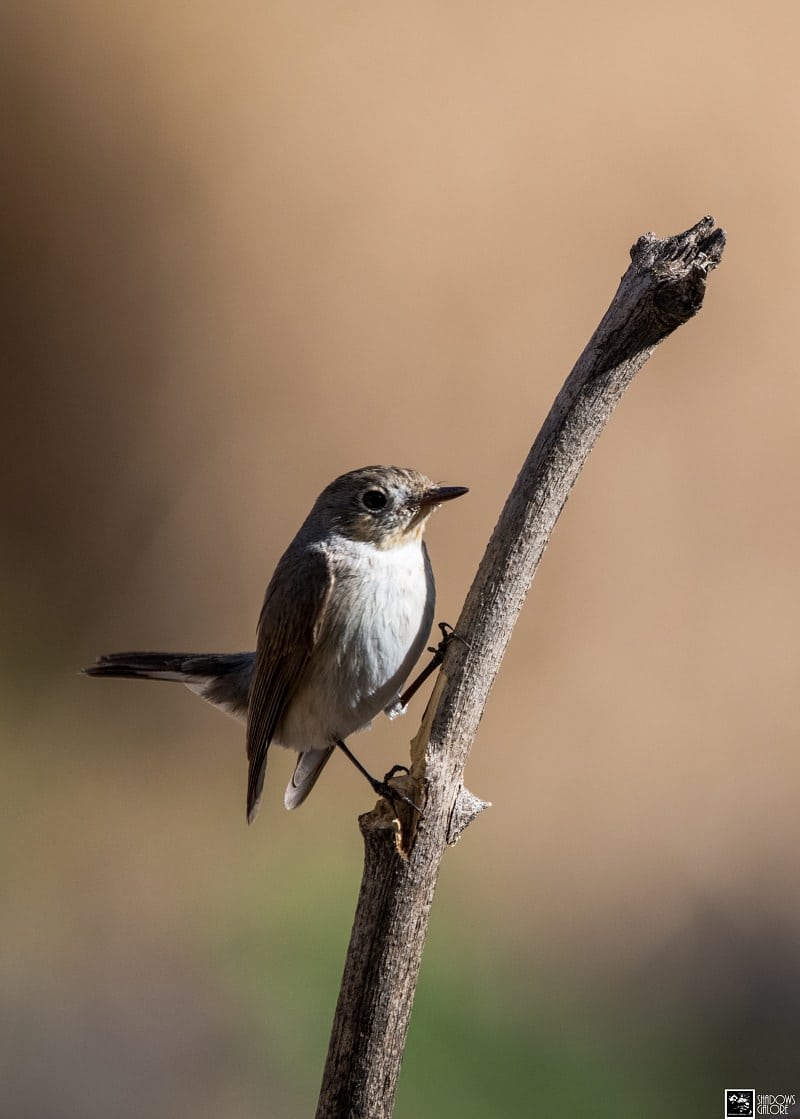
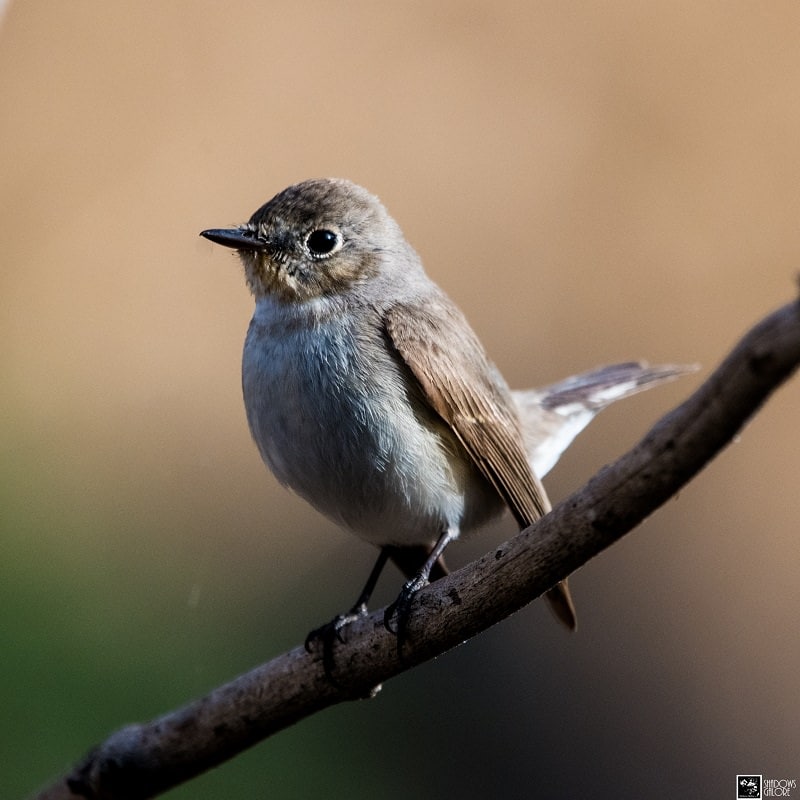
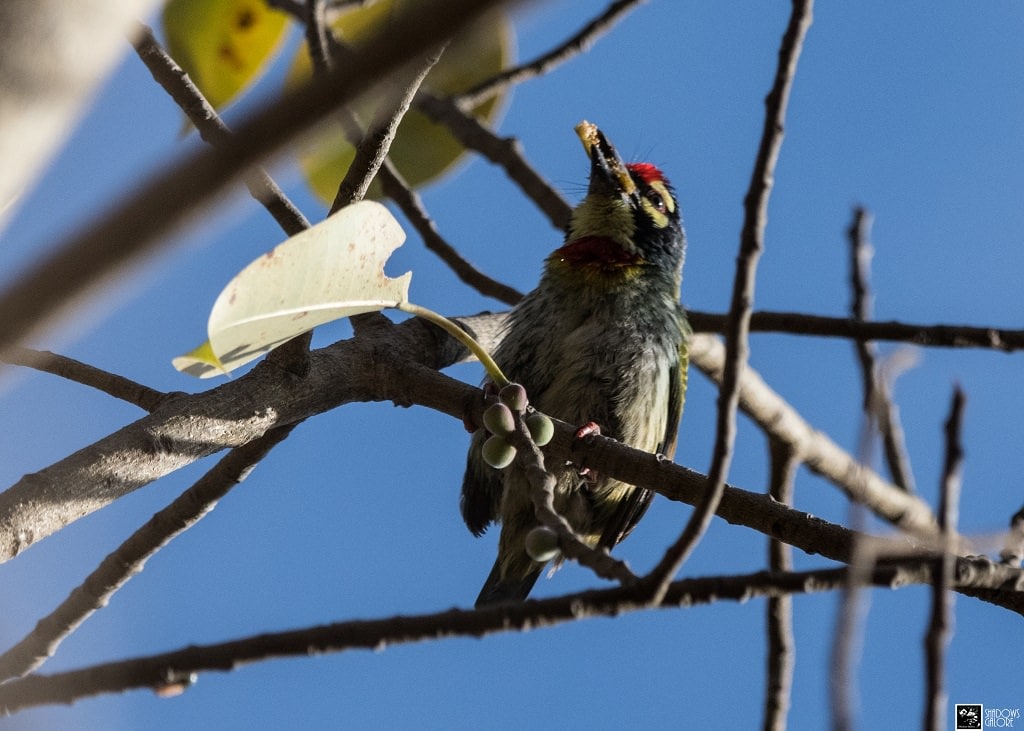
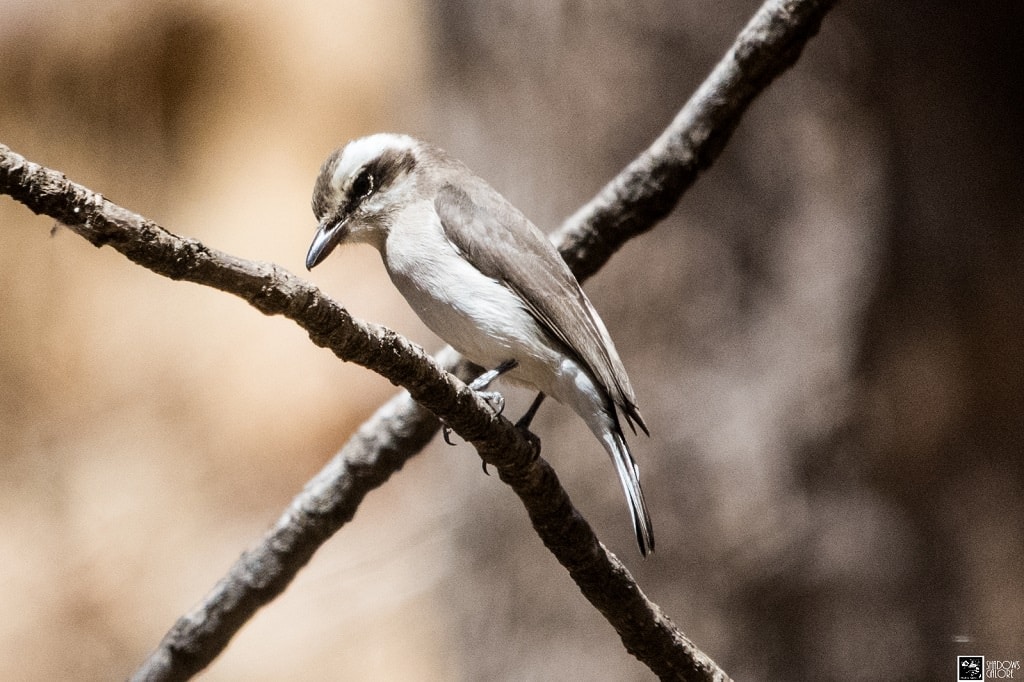
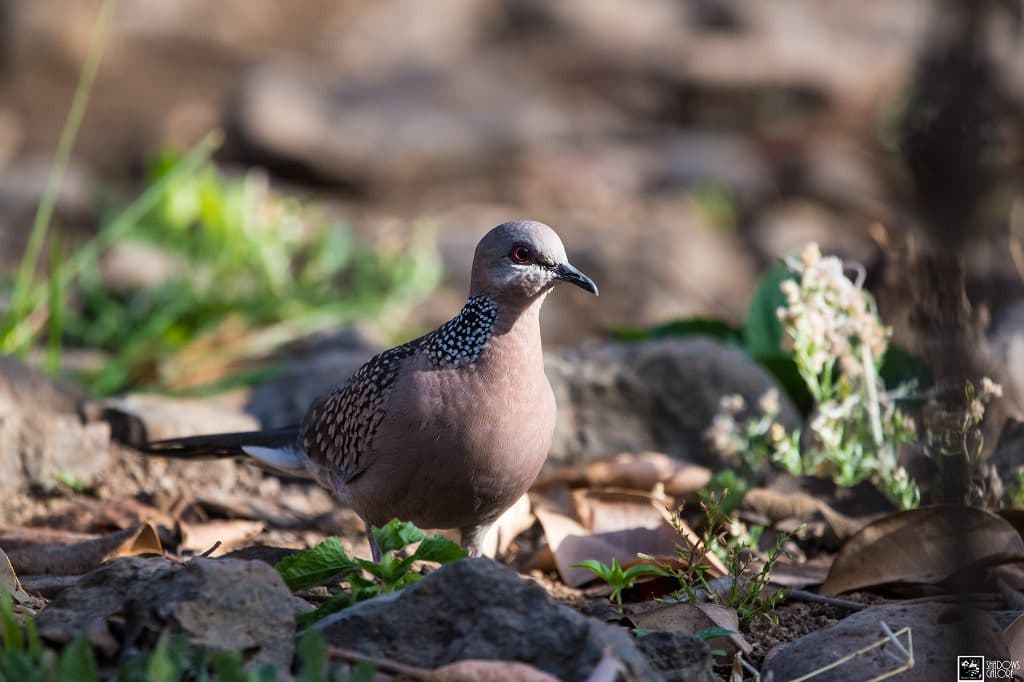
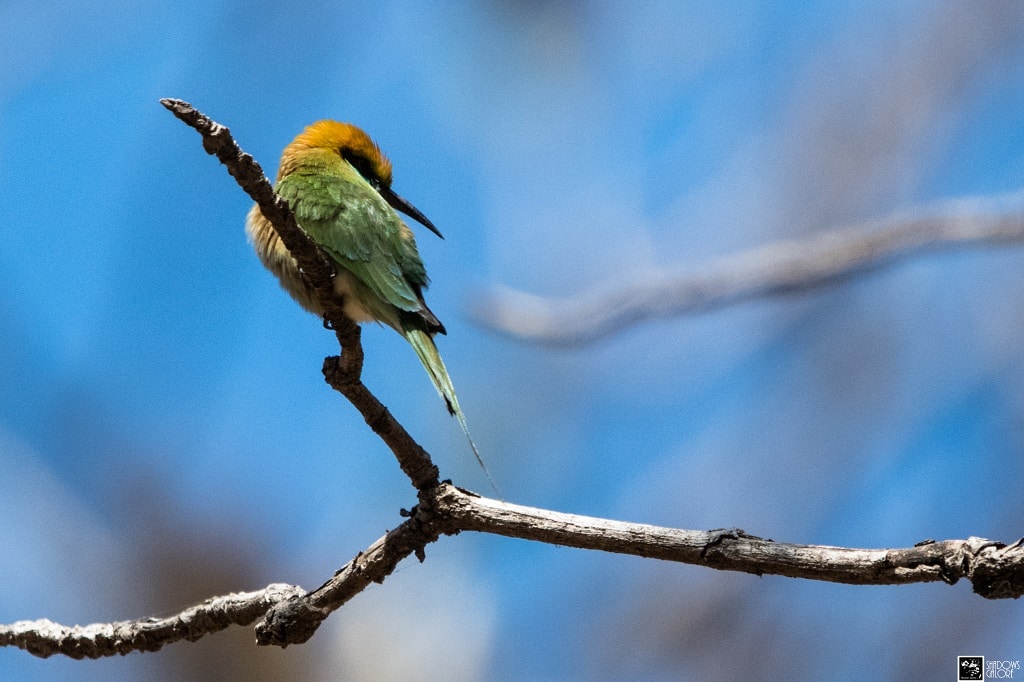
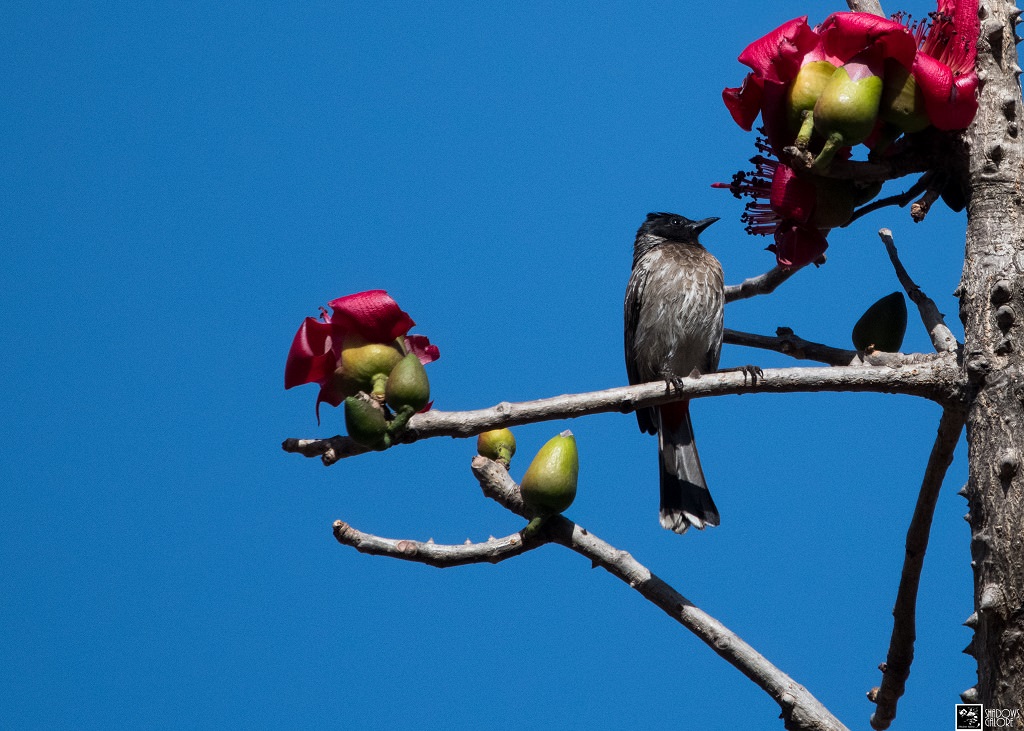
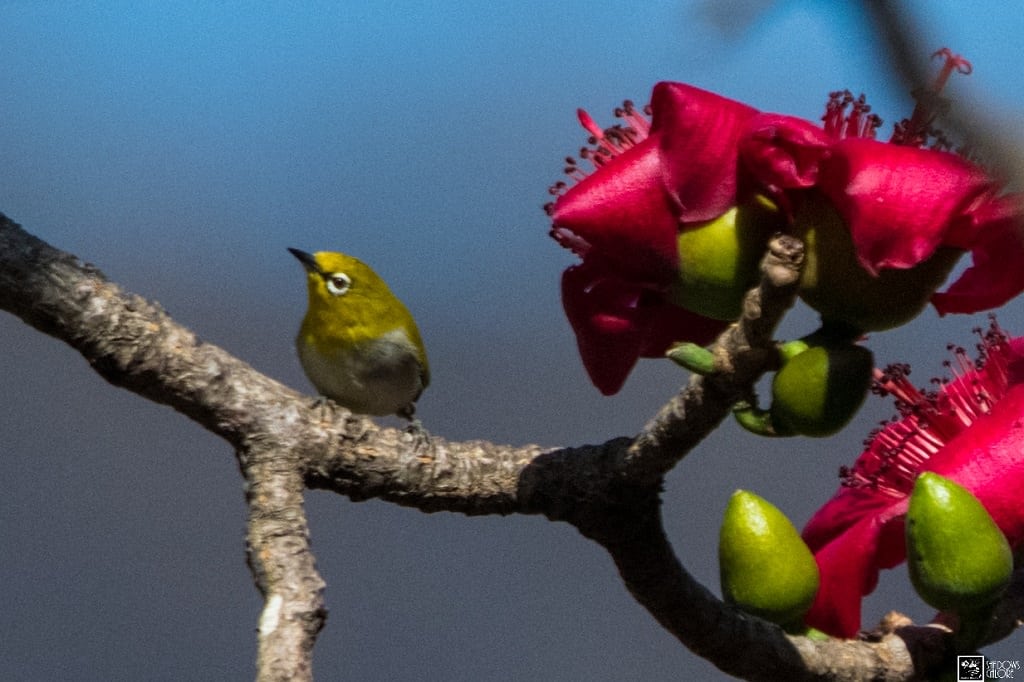
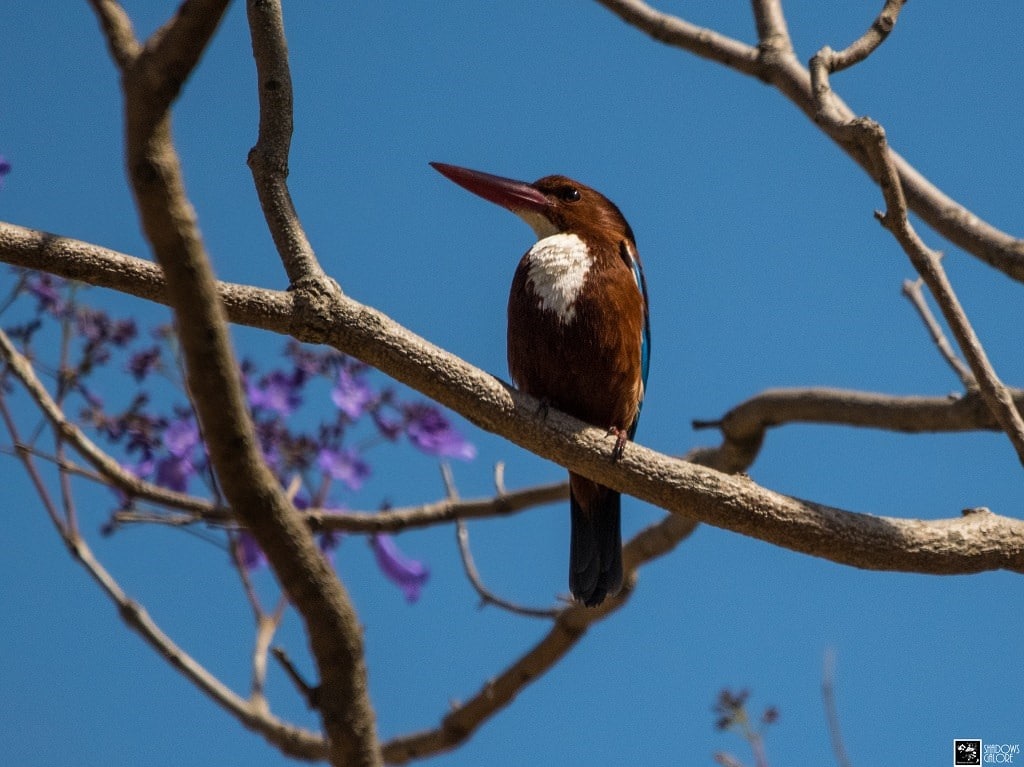
Wonderful blog. I really enjoyed reading it. I love all the beautiful photos. Thanks for sharing this blog 🙂
Personally, I would like to see the beauty of the natural environment and also beautiful birds. Your bird pictures were looking great. Great job you have done.